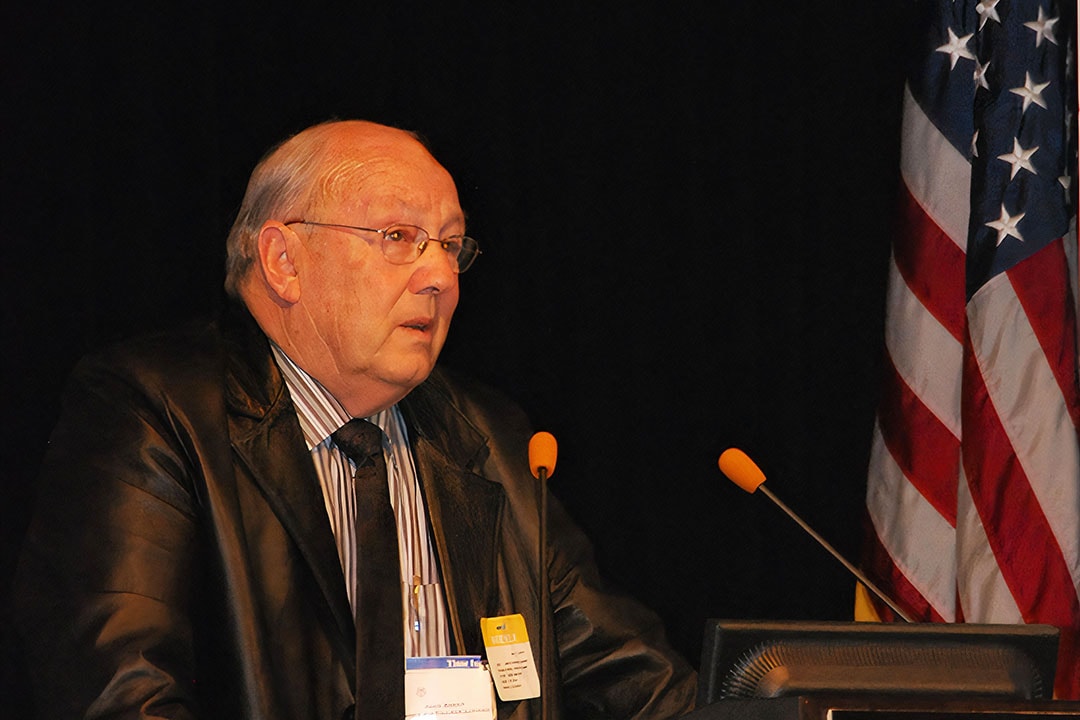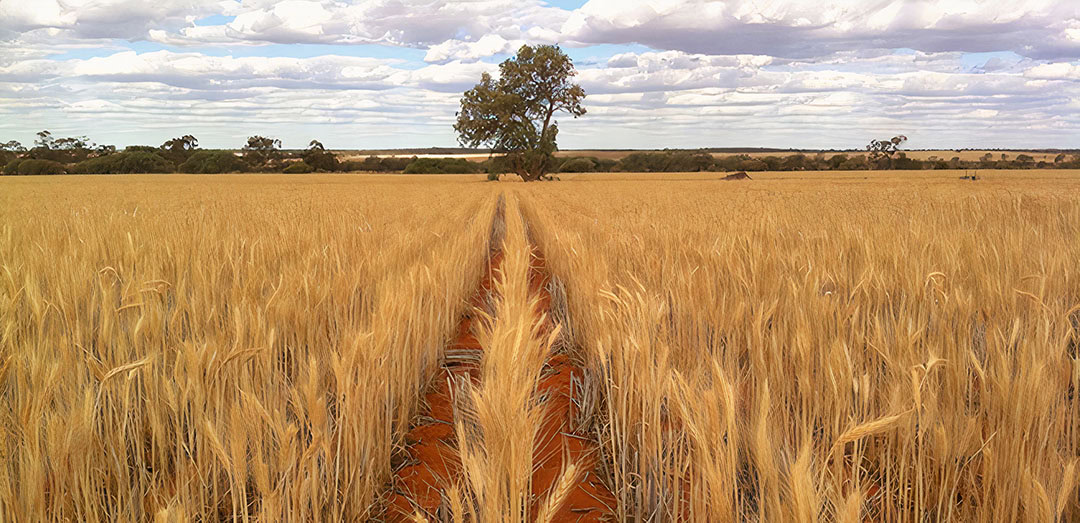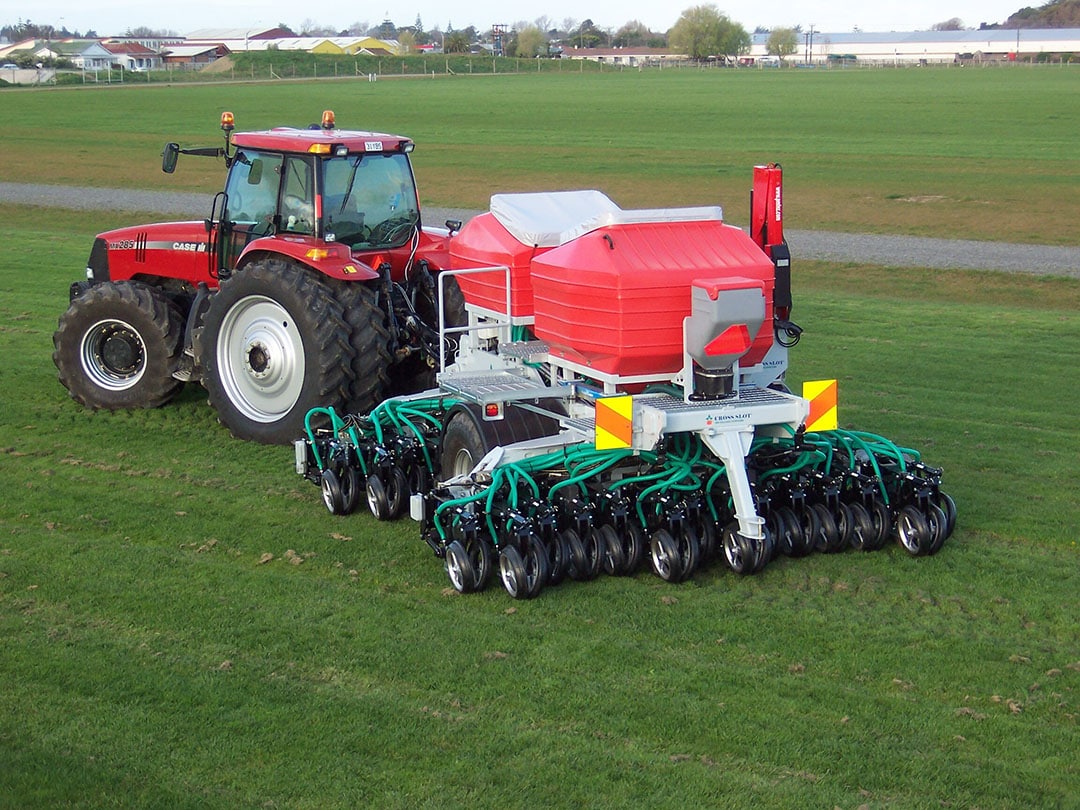Scientist John Baker: ‘A lot of farmers are doing no-tillage wrongly’

Soil scientist Dr John Baker published 80 international scientific papers on no-tillage machinery. He says a lot of farmers have experience in no-tillage, but in many cases, they are doing it wrongly.
“Good no-tillage causes minimal disturbance to the soil, traps the soil’s pore-space humidity, preserves micro-organisms and soil life, largely prevents carbon from escaping into the atmosphere and significantly improves crop yields”, says the former Massey University scientist and engineer from New Zealand. “But poor no-tillage and minimum tillage achieve few of these things.”
Tillage contributes to 20% of the carbon dioxide in the atmosphere, Dr Baker points out. “The vast majority of that comes from oxidation of soil organic matter, with only a minor part coming from tractor exhausts. And the biology in the soil dies with it. Many of Australia’s arable soils now contain only 1% or 2% organic matter when they ought to be up around the 5% or 6%.”
Look more at soil quality
“Some farmers think that it is good to plough the soil, and tip the high organic layers deeper. But for every kilogram organic matter that you bury with the plough, you oxidise another kilogram above it that you have just tipped upside down. And that now contributes to the atmospheric CO2 that causes climate change.”
Soil is not a physical entity, it is a biological entity
Dr Baker says that local bodies could pay more attention to this problem. “Local bodies often have robust policies to address air and water quality, but overlook soil quality. Authorities have to look more at soil quality when preparing environmental policies. Soil quality is almost totally ignored. The ability of the soil to continuously produce feed has more to do with maintaining the health of the soil biology than anything else.”
Text continues below text

Gaining carbon
The internationally respected scientist emphasises that good soils need to be alive. “Most people regard soil as dirt beneath their feet. But it is not a physical entity, it is a biological entity. A cupful of healthy soil contains something like 6 billion microbes. But the great majority of microbes are killed by tillage by oxidising the organic matter in the soil. That’s what their food source is.”
“Nature doesn’t plough the soil. We do. Because ploughing helps to produce food cheaply. But that happens at the cost of soil health. Eventually it will lead to crop failure, soil erosion and in extreme cases, famine. And no one seems to focus on this. But if you do no-tillage properly, you can actually gain carbon in the soil.”
Water holding capacity
Farmers who have good quality soils, will also solve non-wetting problems and have less runoff after heavy rain events, Dr Baker says. “The better the quality of the soil, the better the infiltration and water holding capacity at depth and therefore the lower the risk of fertiliser leaching off the land and contaminating water.”
With true low-disturbance no-tillage, you never have to take an arable soil out of growing crops
“Good soil has good structure. Earth worms live in that soil, and provide drainage channels. Rain soaks into the soil. And not only that. A soil’s ability to hold water is directly related to the amount of organic matter that is in the soil. One kilogram of humus in the soil, holds as much water as ten kilograms of clay. Increasing the organic matter in the soil works a lot better than bringing clay up to the top soil.”
Text continues below text

Recovering the organic matter
“Currently, a lot of farmers in New Zealand and Australia are still ploughing the soil. When yields start to drop off, farmers often put that soil back into pasture, and run sheep or cattle on it. That slowly refurbishes the soil with organic matter. And then they grow crops there again. With true low-disturbance no-tillage, you never have to take an arable soil out of growing crops, because you recover the organic matter from the crop residues.”
“The first thing you would recover, are the residues of the crop. If you grow a wheat crop, you harvest the grain, but more than half of the biomass of the crop is leaves, stalks and roots. And what do we do with this? We burn or bury it. This not only adds CO2 to the atmosphere, it denies it being used by soil microbes. With low disturbance no-tillage, when you harvest your wheat crop, you leave the straw where it is. You drill through that straw with a special seed drill to establish your next crop. During that process, you will gain organic matter rather that lose it.”
The success of no-till depends in part on the region where the system is used. “The climate in New Zealand is somewhat friendlier in terms of water than it is in Australia. We are lucky with the rainfall. We did some research in New Zealand however, where there was still a 20% failure rate with the use of poor no-tillage. This is not acceptable for arable cropping, where the farmer is depending on the crop for a major part of his or her income.”
How to keep the vapour in the soil
And Australia, that is primarily an arable country, doesn’t have the luxury of a reliable rainfall, Dr Baker continues. “The risk factors of having no-tillage are higher than in New Zealand. And the rewards of having it, are greater. But only if you do it right.”
Early in his career, Dr Baker wanted to find out why no-tillage sometimes fails. “What we found, is that most people don’t know that undisturbed soil has an equilibrium atmosphere in the pore-spaces of a 100% humidity. We all think about soil having liquid water in it, but not many people think about the fact that it has water vapour in it as well.”
Enough water to germinate
When growers cultivate the soil, they let the water vapour out, Dr Baker says. “So, the water vapour plays no particular role in how we farm. When we are doing low-disturbance no-tillage, the water vapour stays there. But when we go along with the seed drill and scratch some slots in the untilled soil, the slots are actually the zone from which water vapour is lost. That’s why no-till seeding often fails unless you have irrigation to replace the vapour water lost from poorly made slot. The seed becomes 100% dependant on there being enough liquid water to germinate.”
An international analysis recently questioned the benefits that no-till offers. Researchers found that soil organic carbon sequestration under no-till was limited to the surface soil and only happens in the early years. “That is because they were not looking at low disturbance no-till”, Dr Baker says.
Text continues below text

Farmers moving in the right direction
“A lot of designers of machinery have the idea that during no-till seeding, farmers need to till the paddock in strips. They even call this strip-tillage. But they are still losing carbon; they are just not losing as much. But even with this kind of tillage, farmers will say they are doing no-till. There is no doubt that farmers have moved in the right direction by reducing the amount of tillage, but I would describe this kind of no-till as minimum tillage. It is certainly not true no-tillage”
Low-disturbance no-tillage is the equivalent of keyhole surgery
The researchers also found that, when farmers include soil organic carbon in the deeper soil layers, it seems that no-till causes soil organic carbon storage to decrease in the entire soil profile compared with conventional tillage, but these decreases dissipate over time. Analysis of the data sets showed that after 14 years, soil organic carbon changes in the entire soil profile under no-till were minimal.
“I am sure those figures reflect exactly what happened”, Dr Bakers says. “But it is an error to call what they are doing true no-tillage in this case. Unfortunately, a lot of no-tillage practices still disturb too much soil. Until farmers start with low disturbance tillage, they will not get all the benefits from it. Low-disturbance no-tillage is the equivalent of keyhole surgery as opposed to ploughing, which is invasive surgery.”
A whole new science
Using low disturbance no-tillage also strongly reduces the use of fertilisers, Dr Baker says. “Most soils have about a hundred years of phosphorus and potassium available. What you need is biology in there to help the minerals release nutrients. There are fungi that can fix nitrogen out of the atmosphere just as well as rhizobia attached to legume roots. They make it available to plants. But if you keep cultivating the soil, you simply keep on killing it.”
To help farmers with low disturbance no-tillage, Dr Baker has developed an opener that doesn’t scratch the soil during seeding. “It actually gets under the residue layer and peels it open like a zipper, puts the seed in, and zips it back up again. So, the seeds are sitting in a highly humid atmosphere, as well as with whatever liquid water there is in the soil.” His low-disturbance no-tillage seeding system – named Cross Slot – is currently being sold in 21 countries.
Farmers can also use liquid living biological cultures to improve their soil, Dr Bakers says, as an alternative to fertilisers. “People are getting absolute spectacular results – yield increases – by injecting this microbial cultures down a little tube that goes down the openers when they are putting a seed into the ground. These cultures are bacterial, fungal and mycorrhizal. They fix nitrogen, free up phosphorus and potassium from soil minerals, and will target pests and diseases. Some of these microbes will go and hunt specific diseases. It is a whole new science that has only just started…”



